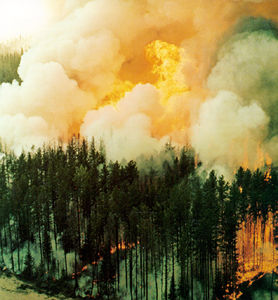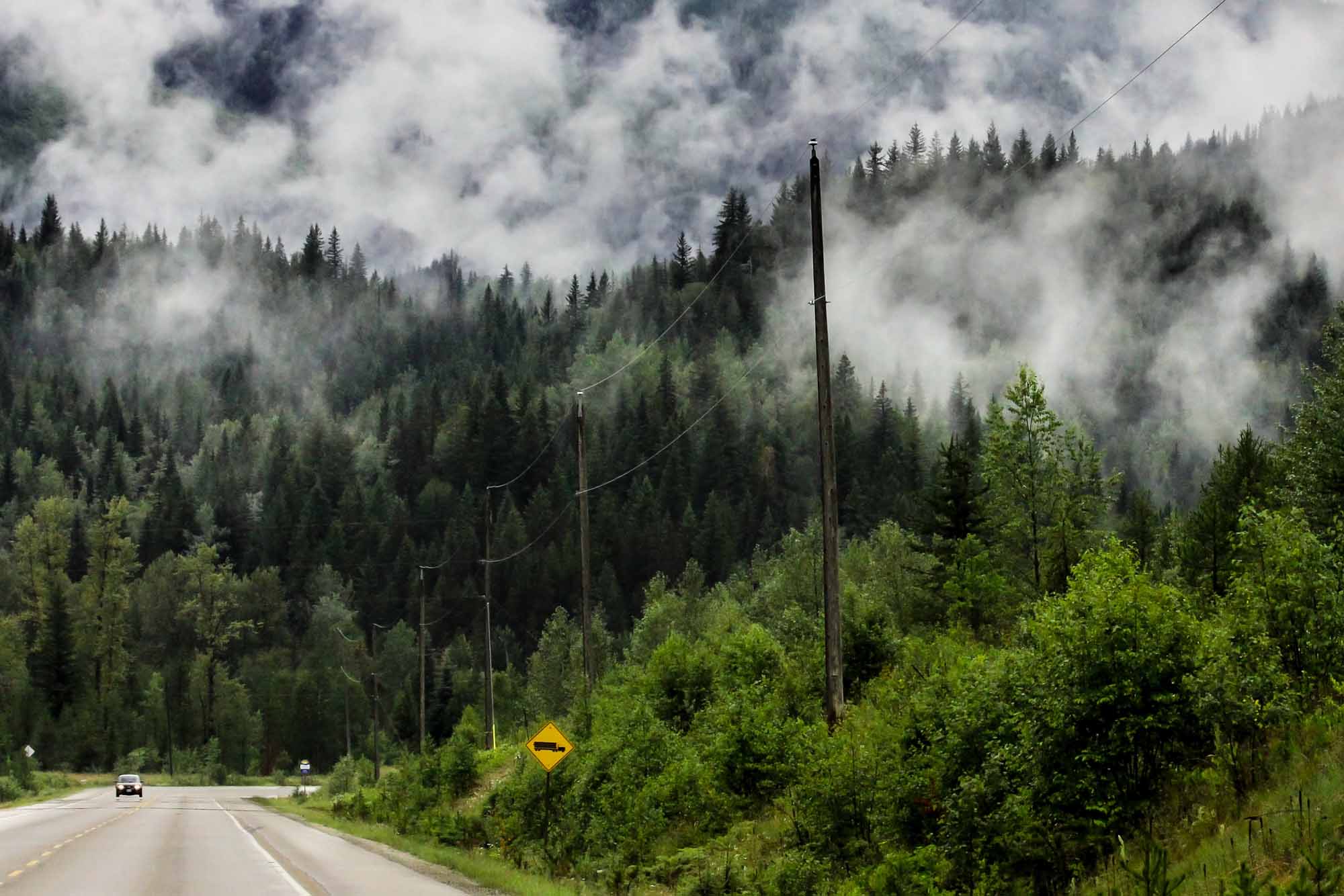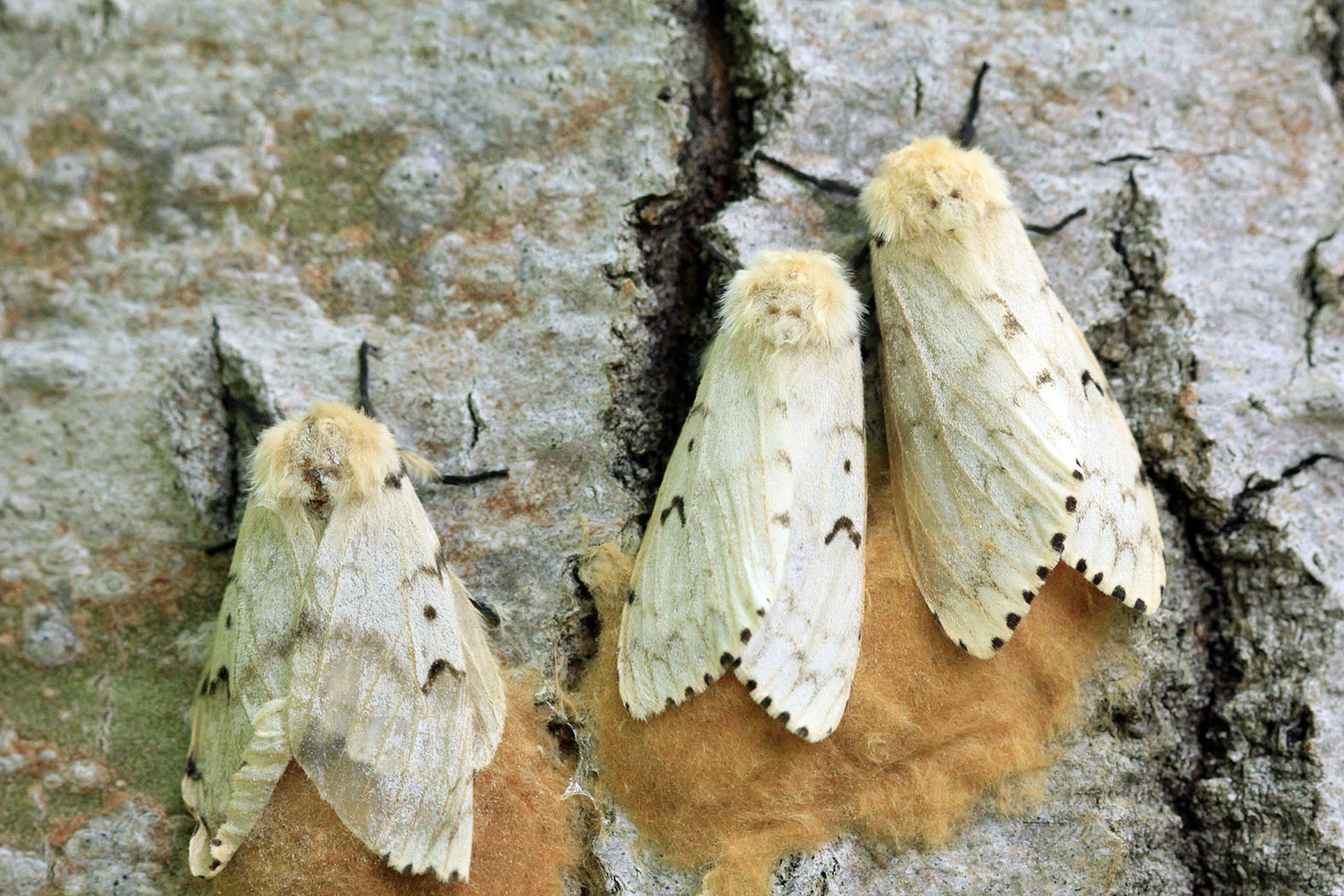Browse "Environment"
-
Article
Fertilizer
Fertilizers are natural or synthetic materials that are used to supply essential nutrients for PLANT growth. Plants require 16 nutrients for growth. Carbon (C), hydrogen (H) and oxygen (O) are taken up from the atmosphere and as water.
"https://development.thecanadianencyclopedia.ca/images/tce_placeholder.jpg?v=e9dca980c9bdb3aa11e832e7ea94f5d9" // resources/views/front/categories/view.blade.php
https://development.thecanadianencyclopedia.ca/images/tce_placeholder.jpg?v=e9dca980c9bdb3aa11e832e7ea94f5d9
-
Article
Fire Disasters in Canada
Disastrous fires may result from arson, accidents or uncontrolled forest fires. Their impact may include lives lost, people evacuated and property damaged. Numerous fires, especially forest fires, occur in Canada every year; this article details the worst that have occurred throughout the country’s history.
"https://d2ttikhf7xbzbs.cloudfront.net/media/media/cd1053ad-3a76-4373-8e6b-49b1e805fefa.jpg" // resources/views/front/categories/view.blade.php
https://d2ttikhf7xbzbs.cloudfront.net/media/media/cd1053ad-3a76-4373-8e6b-49b1e805fefa.jpg
-
Article
Forest
A forest is an ecosystem characterized by a dense and extensive tree cover. It includes not only trees but also shrubs, vines, herbs, mosses, microorganisms, insects, and vertebrate animals that interact with each other and with their environment. This complex pattern of life is a system in delicate balance. Natural or human-caused alterations may trigger far-reaching and sometimes disastrous changes.
"https://d2ttikhf7xbzbs.cloudfront.net/forest/Spruce-Forest-in-Winter.jpg" // resources/views/front/categories/view.blade.php
https://d2ttikhf7xbzbs.cloudfront.net/forest/Spruce-Forest-in-Winter.jpg
-
Article
Forest Economics
Container seedlings such as this white spruce are grown in greenhouses and planted in March or June (courtesy Alberta Forest Service).Forest Economics FOREST economics is the application of economic principles to a wide range of subjects extending from management of the various forest resources through the processing, marketing and consumption of forest products. Forest economics has much in common with AGRICULTURAL ECONOMICS, but although the latter discipline has an established academic history in Canada, no...
"https://development.thecanadianencyclopedia.ca/images/tce_placeholder.jpg?v=e9dca980c9bdb3aa11e832e7ea94f5d9" // resources/views/front/categories/view.blade.php
https://development.thecanadianencyclopedia.ca/images/tce_placeholder.jpg?v=e9dca980c9bdb3aa11e832e7ea94f5d9
-
Article
Forest Fires in Canada
A forest fire is a moving combustion reaction, spreading outwards in a band from its ignition point, leaving burned-out forest behind it. On average, about 6,000 forest fires occur annually in Canada.
"https://d2ttikhf7xbzbs.cloudfront.net/media/media/645e8e08-17c5-4cc5-8a68-b25c913f441c.jpg" // resources/views/front/categories/view.blade.php
https://d2ttikhf7xbzbs.cloudfront.net/media/media/645e8e08-17c5-4cc5-8a68-b25c913f441c.jpg
-
Article
Forest Harvesting
Forest harvesting involves cutting trees and delivering them to sawmills, pulp mills and other wood-processing plants. Its practical components include road construction, logging and log transportation.
"https://d2ttikhf7xbzbs.cloudfront.net/media/media/8b0c97bf-7642-4d5a-9eff-4010192da77d.jpg" // resources/views/front/categories/view.blade.php
https://d2ttikhf7xbzbs.cloudfront.net/media/media/8b0c97bf-7642-4d5a-9eff-4010192da77d.jpg
-
Article
Forest Regions
A forest region is a major geographic belt or zone characterized by a broad uniformity both in physiography and in the composition of the dominant tree species. Canada can be divided into eight forest regions.
"https://d2ttikhf7xbzbs.cloudfront.net/media/media/b56c04a4-f128-4027-93d9-f3a9c96c6632.jpg" // resources/views/front/categories/view.blade.php
https://d2ttikhf7xbzbs.cloudfront.net/media/media/b56c04a4-f128-4027-93d9-f3a9c96c6632.jpg
-
Article
Forest Survey
Foresters use forest surveys to obtain information on the condition of the FOREST and monitor any changes, since there are not only surveys of standing trees, but also surveys after logging as well as forestry surveys aimed at prescribing treatments.
"https://development.thecanadianencyclopedia.ca/images/tce_placeholder.jpg?v=e9dca980c9bdb3aa11e832e7ea94f5d9" // resources/views/front/categories/view.blade.php
https://development.thecanadianencyclopedia.ca/images/tce_placeholder.jpg?v=e9dca980c9bdb3aa11e832e7ea94f5d9
-
Article
Forestry
Forestry is the science and practice of caring for forests. Both the meaning and practice of forestry in Canada have evolved over time.
"https://d2ttikhf7xbzbs.cloudfront.net/media/media/e919b19c-7ba7-46cc-9c8e-d6867c26a6f7.jpg" // resources/views/front/categories/view.blade.php
https://d2ttikhf7xbzbs.cloudfront.net/media/media/e919b19c-7ba7-46cc-9c8e-d6867c26a6f7.jpg
-
Article
Forestry Education
Throughout the late 1980s and the 1990s, there was a tremendous evolution of FORESTRY in Canada and around the world. Forestry became increasingly important for both the ECONOMY and the ENVIRONMENT, and the practice of forestry became more complex.
"https://development.thecanadianencyclopedia.ca/images/tce_placeholder.jpg?v=e9dca980c9bdb3aa11e832e7ea94f5d9" // resources/views/front/categories/view.blade.php
https://development.thecanadianencyclopedia.ca/images/tce_placeholder.jpg?v=e9dca980c9bdb3aa11e832e7ea94f5d9
-
Article
Four Major Insect Pests of Forests in Canada
Many insects are considered pests to Canada’s forests, meaning they cause significant ecological or economic damage to forest ecosystems. These species can injure trees in various ways, including boring through wood, eating leaves, and introducing pathogens to trees. These stressors can cause economic damage by reducing the amount of wood fibre that can be harvested and can sometimes negatively impact the ecosystem. While some of these pests have been recently introduced to Canadian forests from other parts of the globe, the majority of insect forest pests in Canada are native species. Under ordinary conditions, these species are natural sources of disturbance and diversity that can help to maintain healthy forests over long periods. However, human-mediated factors such as climate change, the introduction of non-native species, and biodiversity loss have more recently worsened the impacts that certain species can have on Canadian forests. Below is a list of just a few of the many such insects impacting Canadian forests, along with the estimated area of forest, in hectares, that a population outbreak defoliated or killed as well as the year that outbreak occurred.
"https://d2ttikhf7xbzbs.cloudfront.net/insectpestsofforests/spongy-moth.jpg" // resources/views/front/categories/view.blade.php
https://d2ttikhf7xbzbs.cloudfront.net/insectpestsofforests/spongy-moth.jpg
-
Article
F. Kenneth Hare
Frederick Kenneth Hare, CC, FRSC, environmental scientist, professor, administrator (born 5 February 1919 in Wylye, England; died 3 September 2002 in Oakville, ON). F. Kenneth Hare has been widely recognized for his research contributions in climatology and biogeography. During his career, he participated in several committees and commissions concerned with environmental issues, such as climate change, nuclear reactors and nuclear waste and acid rain (see Nuclear Energy).
"https://d2ttikhf7xbzbs.cloudfront.net/TCE_placeholder.png" // resources/views/front/categories/view.blade.php
https://d2ttikhf7xbzbs.cloudfront.net/TCE_placeholder.png
-
Article
Freshwater Institute (FWI)
The Freshwater Institute, located on the University of Manitoba campus in Winnipeg, Man, is one of the world's leading research centres for freshwater and Arctic fisheries research.
"https://d2ttikhf7xbzbs.cloudfront.net/media/media/8ff204ea-7793-42b9-9f34-39964ccf0d12.jpg" // resources/views/front/categories/view.blade.php
https://d2ttikhf7xbzbs.cloudfront.net/media/media/8ff204ea-7793-42b9-9f34-39964ccf0d12.jpg
-
Macleans
Friedland's Environmental Problems
"I don't understand. Is this a loaded question?" The line of query had not been terribly abstract.This article was originally published in Maclean's Magazine on September 9, 1996
"https://development.thecanadianencyclopedia.ca/images/tce_placeholder.jpg?v=e9dca980c9bdb3aa11e832e7ea94f5d9" // resources/views/front/categories/view.blade.php
https://development.thecanadianencyclopedia.ca/images/tce_placeholder.jpg?v=e9dca980c9bdb3aa11e832e7ea94f5d9
-
Macleans
Greenhouse Gas Emissions Accord (Nov97 Updates)
Standing in the back of the room, Louise Comeau didn't even attempt to hide her anger.This article was originally published in Maclean's Magazine on November 24, 1997
"https://development.thecanadianencyclopedia.ca/images/tce_placeholder.jpg?v=e9dca980c9bdb3aa11e832e7ea94f5d9" // resources/views/front/categories/view.blade.php
https://development.thecanadianencyclopedia.ca/images/tce_placeholder.jpg?v=e9dca980c9bdb3aa11e832e7ea94f5d9
